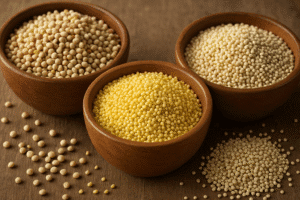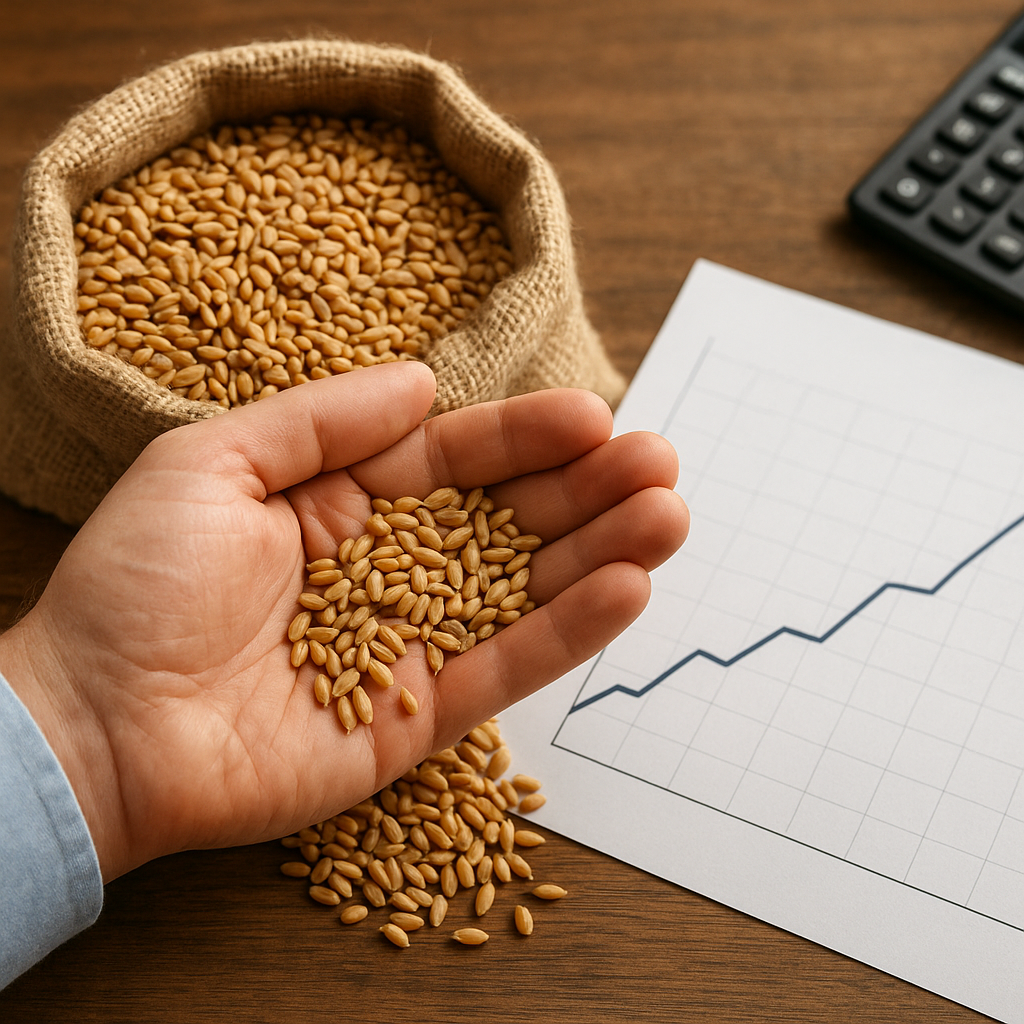Understanding the basics of grain market hedging is essential for farmers, traders, and investors who wish to manage risk and stabilize their income in the volatile world of agriculture. The grain market is influenced by various factors, including weather conditions, global demand, and government policies, making it crucial for stakeholders to employ effective strategies to protect their investments. This article will delve into the fundamental concepts of grain market hedging, exploring its importance, methods, and the various instruments available to market participants.
The Importance of Hedging in the Grain Market
Hedging is a risk management strategy used to offset potential losses in investments by taking an opposite position in a related asset. In the grain market, hedging is particularly important due to the inherent volatility caused by fluctuating prices, which can be influenced by supply and demand dynamics, geopolitical events, and natural disasters. Understanding the importance of hedging can help stakeholders make informed decisions and protect their financial interests.
1. Price Volatility
Grain prices can be highly volatile, with significant fluctuations occurring over short periods. Factors such as crop yields, export demand, and changes in government policies can lead to rapid price changes. For instance, a drought in a major grain-producing region can drastically reduce supply, leading to higher prices. Conversely, a bumper harvest can result in oversupply and falling prices. Hedging allows market participants to lock in prices, providing a safety net against adverse price movements.
2. Income Stability
For farmers, income stability is crucial for planning and investment in their operations. By using hedging strategies, farmers can secure a guaranteed price for their crops before harvest, reducing the uncertainty associated with fluctuating market prices. This stability enables them to make informed decisions regarding planting, equipment purchases, and other operational expenses.
3. Risk Management
Hedging is an essential component of risk management in the grain market. By employing hedging strategies, traders and investors can mitigate the risks associated with price fluctuations. This is particularly important for those with significant exposure to the grain market, as it allows them to protect their investments and maintain financial health even in challenging market conditions.
Methods of Hedging in the Grain Market
There are several methods of hedging in the grain market, each with its advantages and disadvantages. Understanding these methods can help market participants choose the most suitable strategy for their specific needs.
1. Futures Contracts
Futures contracts are one of the most common hedging instruments used in the grain market. A futures contract is a legally binding agreement to buy or sell a specific quantity of a commodity at a predetermined price on a specified future date. By entering into a futures contract, farmers can lock in a price for their grain before harvest, while buyers can secure a supply at a fixed cost.
- Advantages: Futures contracts provide price certainty and can be easily traded on exchanges, allowing for liquidity and flexibility.
- Disadvantages: Futures contracts require margin payments and can lead to losses if the market moves against the position taken.
2. Options Contracts
Options contracts offer another way to hedge against price fluctuations in the grain market. An options contract gives the holder the right, but not the obligation, to buy or sell a commodity at a specified price before a certain date. This flexibility allows market participants to benefit from favorable price movements while limiting potential losses.
- Advantages: Options provide a way to hedge without the obligation to execute the contract, allowing for greater strategic flexibility.
- Disadvantages: Options can be more expensive than futures due to the premium paid for the right to execute the contract.
3. Forward Contracts
Forward contracts are similar to futures contracts but are typically customized agreements between two parties rather than standardized contracts traded on an exchange. A forward contract allows farmers to agree on a price with a buyer before harvest, providing price certainty and reducing risk.
- Advantages: Forward contracts can be tailored to meet the specific needs of both parties, allowing for flexibility in terms and conditions.
- Disadvantages: Forward contracts lack the liquidity of futures contracts, making it more challenging to exit a position if market conditions change.
4. Swaps
Swaps are another hedging instrument used in the grain market, allowing parties to exchange cash flows based on different price indices. In a commodity swap, one party agrees to pay a fixed price for a commodity, while the other pays a floating price based on market rates. This can help stabilize cash flows and manage price risk.
- Advantages: Swaps can provide customized solutions for managing price risk and can be structured to meet specific financial needs.
- Disadvantages: Swaps can be complex and may require a deeper understanding of financial markets to execute effectively.
Conclusion
Understanding the basics of grain market hedging is vital for anyone involved in the agricultural sector. By employing effective hedging strategies, farmers, traders, and investors can manage risk, stabilize income, and navigate the complexities of the grain market. Whether through futures, options, forward contracts, or swaps, the right hedging approach can provide a safety net against the uncertainties of price volatility, ensuring a more secure financial future in the ever-changing landscape of agriculture.













